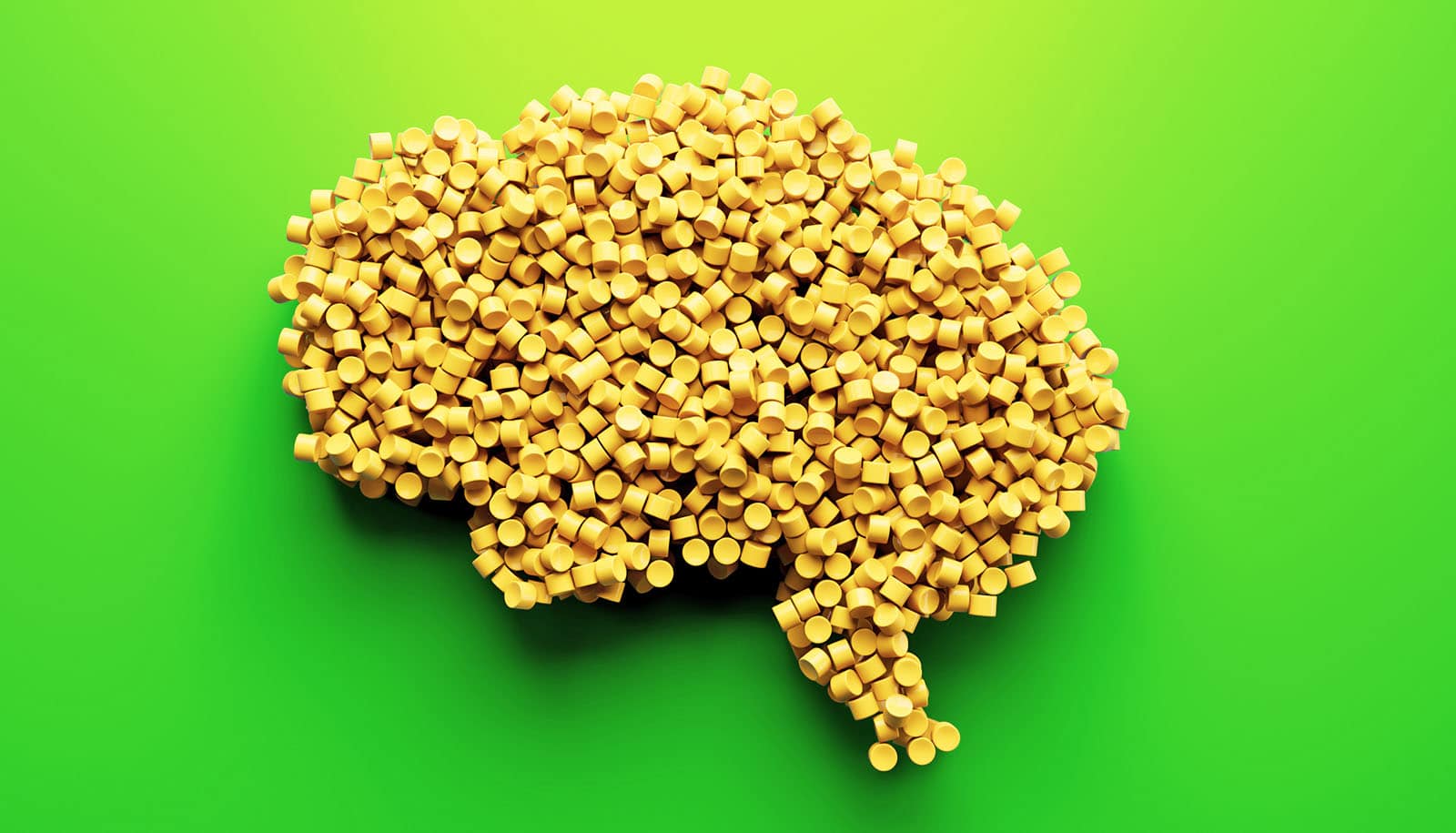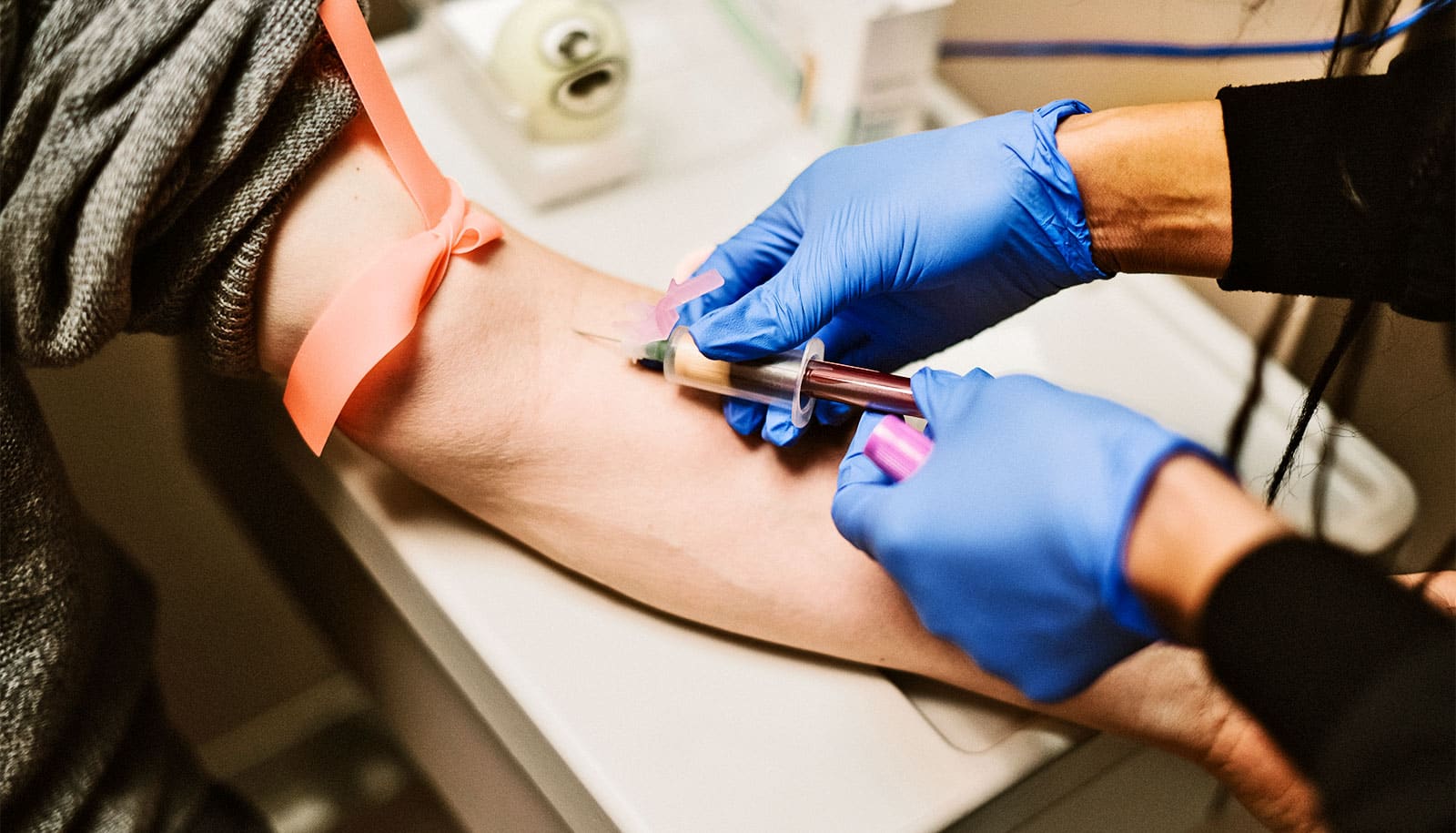Researchers have discovered a network of neurons in the brains of mice that help them make right and left turns.
In the future, the discovery may be used to treat people with Parkinson’s disease, researchers report.
Most people don’t think about what happens in the brain when we move left or right. They just do it without thinking about it. But this simple movement is actually controlled by a complex process.
As reported in Nature Neuroscience, researchers have discovered the missing piece in the complex nerve-network needed for left-right turns.
This way, that way
In 2020, Professor Ole Kiehn and Assistant Professor Jared Cregg, both from the neuroscience department at the University of Copenhagen, identified the “brain’s steering wheel,” a network of neurons in the lower part of the brainstem that commands right and left movements when walking. At the time, though, it was not clear to them how this right-left circuit is controlled by other parts of the brain, such as the basal ganglia.
“We have now discovered a new group of neurons in the brainstem which receive information directly from the basal ganglia and control the right-left circuit,” Kiehn says.
The basal ganglia are located deep within the brain. For many years now, they have been known to play a key role in controlling voluntary movements.
Years ago, scientists learned that by stimulating the basal ganglia you can affect right- and left-hand movements in mice. They just did not know how.
“When walking, you will shorten the step length of the right leg before making a right-hand turn and the left leg before making a left-hand turn. The newly discovered network of neurons is located in a part of the brainstem known as PnO. They are the ones that receive signals from the basal ganglia and adjust the step length as we make a turn, and which thus determine whether we move to the right or left,” Cregg says.
The study therefore provides a key to understanding how these absolutely essential movements are produced by the brain. In the new study, the researchers studied the brain of mice, as their brainstem closely resembles the human brainstem. Therefore, the researchers expect to find a similar right-left circuit in the human brain.
Lack of dopamine and Parkinson’s
Parkinson’s disease is caused by a lack of dopamine in the brain. This affects the basal ganglia, and the researchers responsible for the new study believe that this leads to failure to activate the brainstem’s right-left circuit.
And it makes sense when you look at the symptoms experienced by people with Parkinson’s at a late stage of the disease—they often have difficulties turning when walking.
In the new study, the researchers studied this in mice with symptoms resembling those of people with Parkinson’s disease. They made a so-called Parkinson’s model, removing dopamine from the brain of mice and thus giving them motor symptoms similar to those experienced by people suffering from Parkinson’s disease.
The researchers used optogenetics to stimulate the network of neurons in PNO (Pontine reticular nucleus, oral part). Optogenetics is a technique for genetically modifying specific brain cells to make them light sensitive and thus susceptible to light stimulation.
When the researchers activated the light, mice that had only been capable of making left turns could now also walk in a straight line and make right turns.
“These mice had difficulties turning, but by stimulating the PnO neurons we were able to alleviate turning difficulties,” Cregg says.
Scientists may eventually be able to develop similar stimulation for humans. At present, though, they are unable to stimulate human brain cells as accurately as in mice models, where they used advanced optogenetic techniques.
“The neurons in the brainstem are a mess, and electric stimulation, which is the type of stimulation used in human deep brain stimulation, cannot distinguish the cells from one another. However, our knowledge of the brain is constantly growing, and eventually we may be able to start considering focused deep brain stimulation of humans,” Ole Kiehn concludes.
Source: University of Copenhagen



